I am fascinated with the opening and closing ceremonies of the Olympics; since Barcelona in 1992 they have become talismanic of nationalistic design (think Mambo, Victas and Hills hoists in Sydney 2000). Last Friday’s opening ceremony in Tokyo will be remembered principally for the ‘drone show’ lights, but I was beguiled by something far simpler.
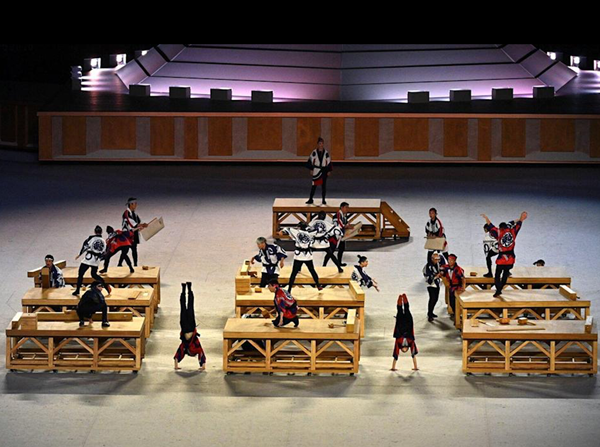
On a series of nine movable tables acrobatic dancers simulated one of the great Japanese design gifts: building in timber. Within this energetic display, dancers used a chisel, a large hammer and design plans. Surely the only time that traditional vernacular architecture features in a world theatrical event.
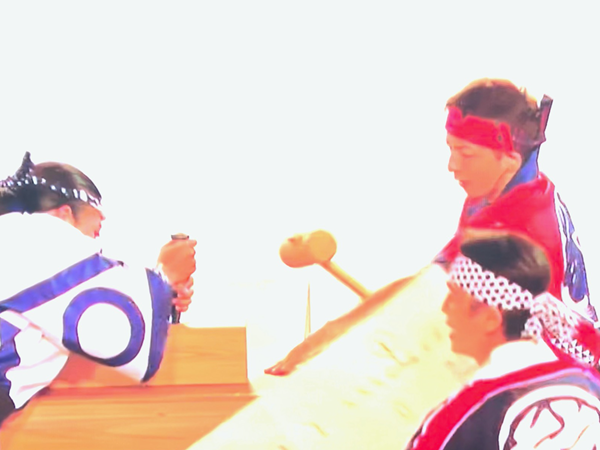
It struck a strong chord for me as I made a small study Japanese temple architecture and carpentry as a student at Sydney university in the 70s, inspired by my teacher, Richard Le Plastrier, who in turn had been inspired by his teacher, Tomoya Masuda from Kyoto University, during his 18 months in Japan. We were exceptionally lucky as he had asked Prof. Masuda to come to Australia to teach his students. Double the inspiration.
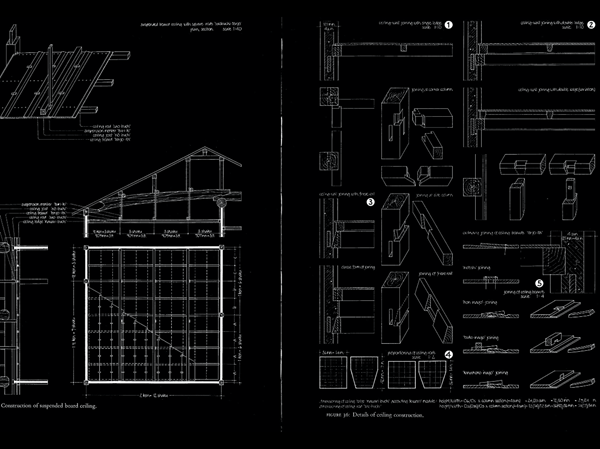
This double page of beautiful drawings, showing complex timber joints made without screws, nails or glue, is from The Japanese House – A tradition for Contemporary Architecture, written by Heinrich Engel and published in 1964, year of the first Tokyo Olympics. The book is the apogee of a long tradition of Germans studying Japanese architecture, which we don't have time to go into here. But it is part of the rich tapestry of books on Japan that we sought out.

Encouraged by Masuda to study one building in detail, I fortunately chose Kiyomizu-Dera, a temple in mountains at the edge of Kyoto. The essential lesson was to analyse by drawing, learning that it engages the brain between eyes and hand in ways that mere looking (or worse, photocopying) could never do.

I made my presentation in the fashion of a large orihon, the Japanese a folding book. The most illuminating student project, so valued I still have it almost 50 years later. The drawings show how the Hondo, or main hall, sits on crossed beams; those referred to in the Olympics Opening. The photos are from the guide purchased at the temple, shown here for scale.
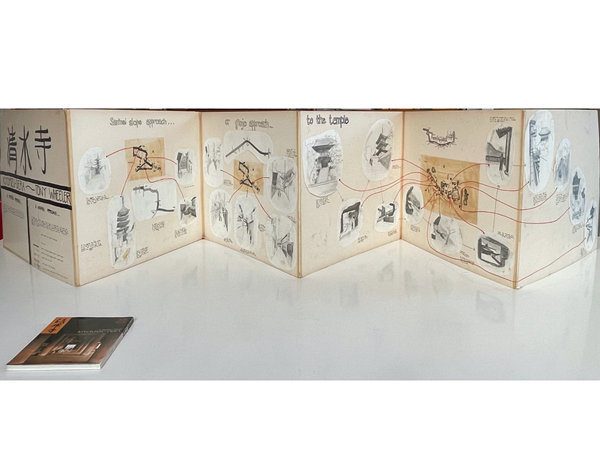
With Masuda’s help I won a scholarship to study in Japan, hoping to learn temple carpentry in two years. As the apprenticeship is 23 years, Masuda dubbed me ‘Mr Hurry-Up’, a name that sticks even now.
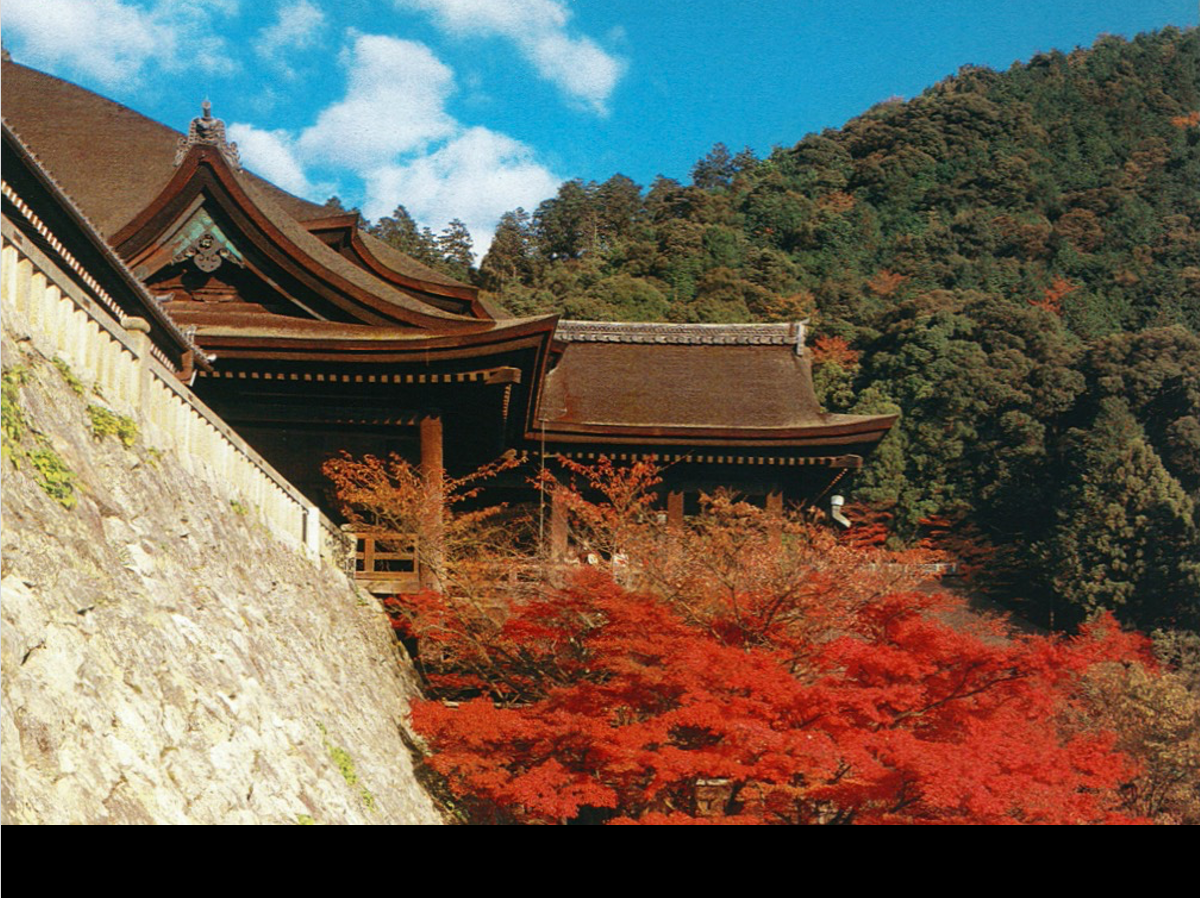
Having forsaken the scholarship, I first visited Japan eight years after the study. I had extreme deja vu when I visited Kiyomizu-Dera; immersing yourself in a building through drawings brings alive the spatial experience when there. Every architect should have three or four buildings they know in great detail. I'm grateful forever that one of mine is Kiyomizu-Dera.
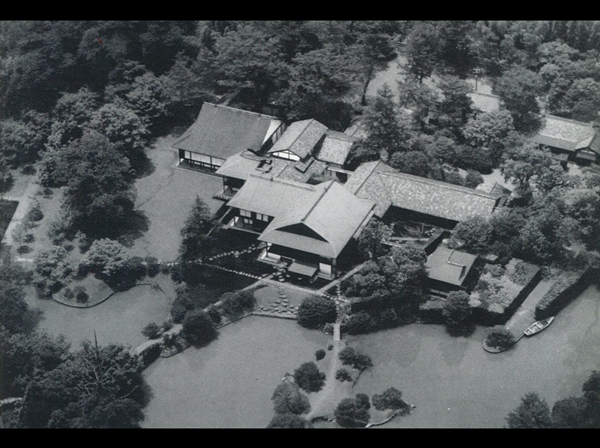
The other building brought to mind by the Olympics Opening, Katsura Imperial Villa, is a ‘temple’ in the spiritual rather than religious sense. Again, access can be gained through books. In 1960 a seminal work on ‘east meets west’ was published as Katsura – Tradition and Creation in Japanese Architecture. The essays were by Walter Gropius (who wrote the foreword to Engel book), and Kenzo Tange (architect of two buildings in the 1964 Olympics, refurbished for this year’s).
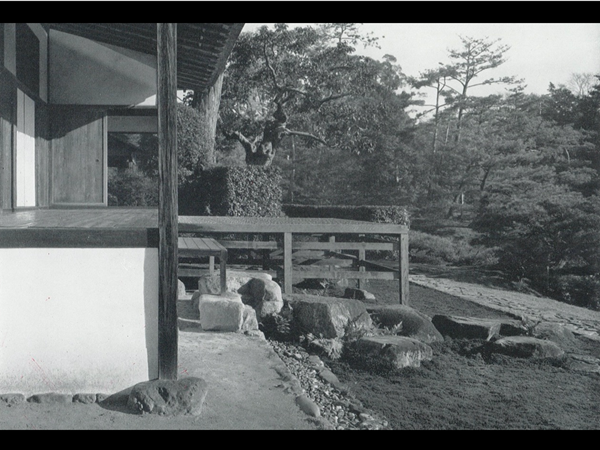
The book presents a western analysis of the Japanese theory of ‘ma’ meaning space and ‘engawa’, the ‘space in-between’, evidenced by this veranda thrust into space, with a structure so redolent of the nine tables in the opening of the Olympics (and this column).
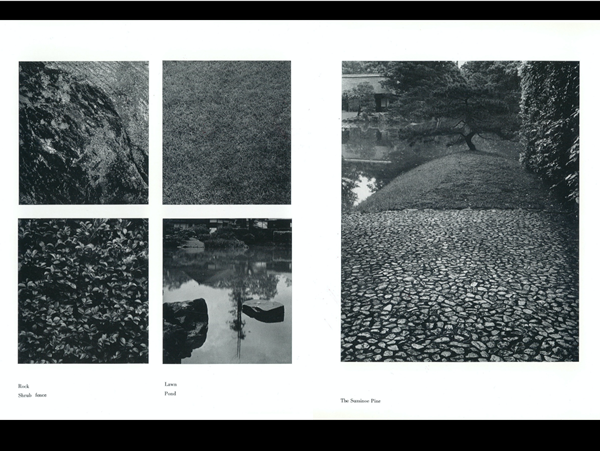
One of the insights is the expression of Katsura’s haptic materiality by placing contrasting photos (by Yasuhiro Ishimoto) on opposite pages. And the rest are views through rooms to the rooms or gardens beyond.
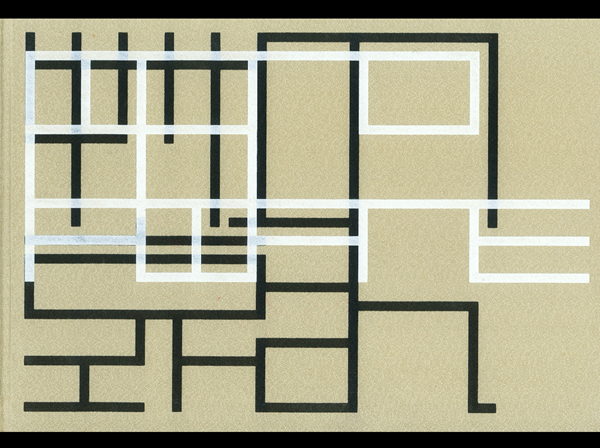
This is the cover (designed by Mark Gowing) of a book of photos of Katsura Imperial Villa made by the Australian photographer Brett Boardman, and published by URO in 2015. The book is entitled ‘Mono No Aware’, roughly translated as ‘The Poignancy of Things’. Access to the Villa is close to impossible, so Boardman planned his allowed one hour visit meticulously, much of it based on the Gropius / Tange / Ishimoto book.
Having successfully taken his photos on a morning in 2011, he stepped out towards the river, back to Kyoto and he came upon a homeless shelter underneath a bridge. His artist’s eye began to see parallels in patterns, forms, ideas, and visual elements between Katsura and the homeless shelter. He takes photographs in another hour, capturing vistas in the homeless shelters that matched what he had seen in Katsura.
Back in Australia he assembled the photographs in pairs for a book, similar in a sense to the double pages in the earlier Katsura book. A limited edition of 200 copies of the book was launched in with an exhibition in Sydney in 2015. There is no artist’s explanation in the book, rather one gains the idea from a short introduction by Pico Iyer, and a drawing showing the two sites in which the photographs were taken.
Here are two of the forty-two sets of paired photos, (the limits of the digital magazine not allowing us to lay them side by side in all their sharp detail).
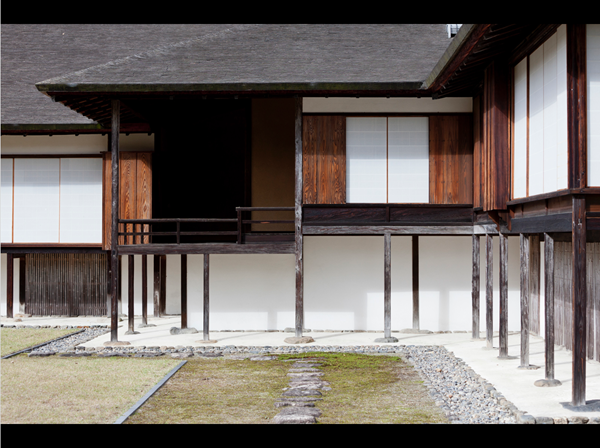
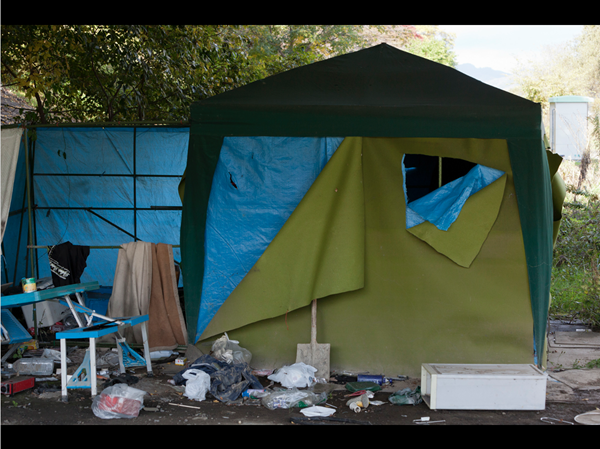
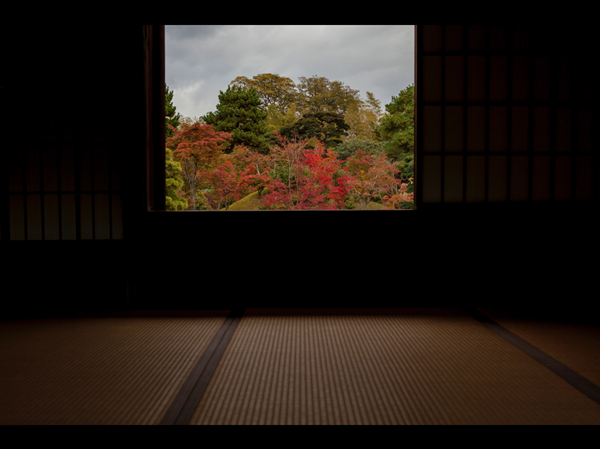
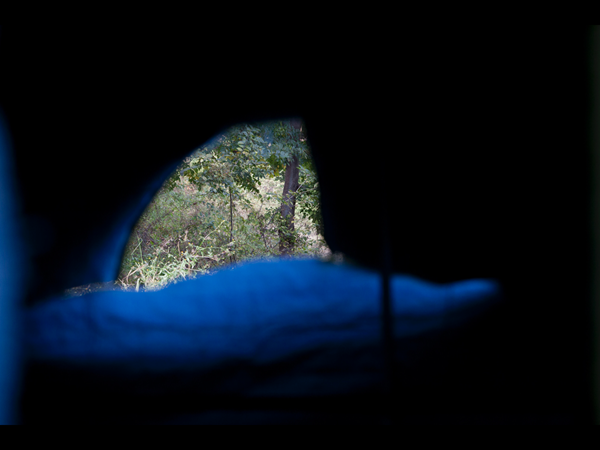
The images are memorable without being doctrinaire or declaratory of the social inequity. There is no condescension or trivialisation of the homeless situation, just visual documentary of space, the viewer can deal with the inequality on their own. The blue tarpaulins, seen in many images, often indicate the common homelessness in Japan. A sample of the fabric was made into a furoshiki wrap for the book by Yoshie Kumagai.
I think it is one of the most important books published in Australia on architecture in the last 10 years. It’s a limited edition of 200, and it's an expensive, so you won’t have grazed on it at the local bookshop, but there are still copies in the URO warehouse, you can see here.
I was reminded of my delight in this treasure by that small scene within the Olympics opening ceremony. In 50 years it will be compared to work by Max Dupain and David Moore. I think it's that good.
Tone Wheeler is principal architect at Environa Studio, Adjunct Professor at UNSW and is President of the Australian Architecture Association. The views expressed here are solely those of the author and are not held or endorsed by A+D, the AAA or UNSW. Tone does not read Instagram, Facebook, Twitter or Linked In. Sanity is preserved by reading and replying only to comments addressed to toneontuesday@gmail.com

